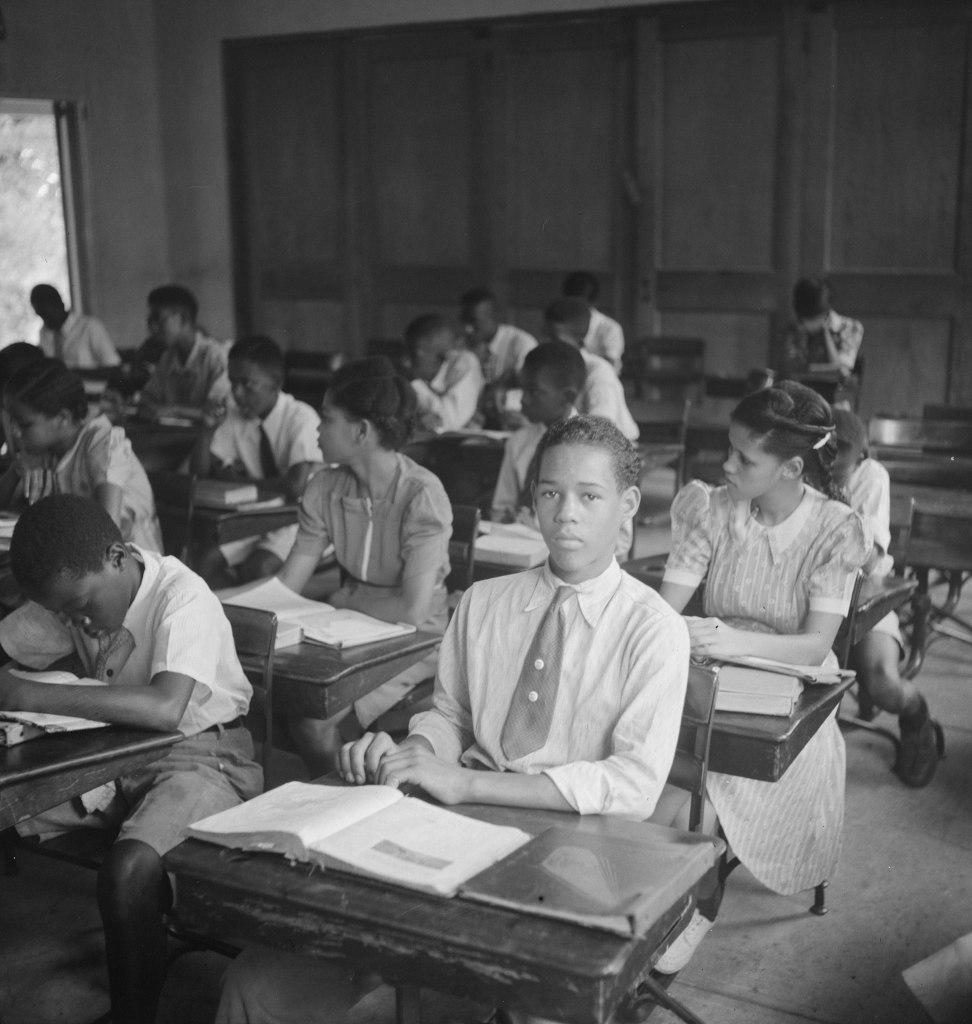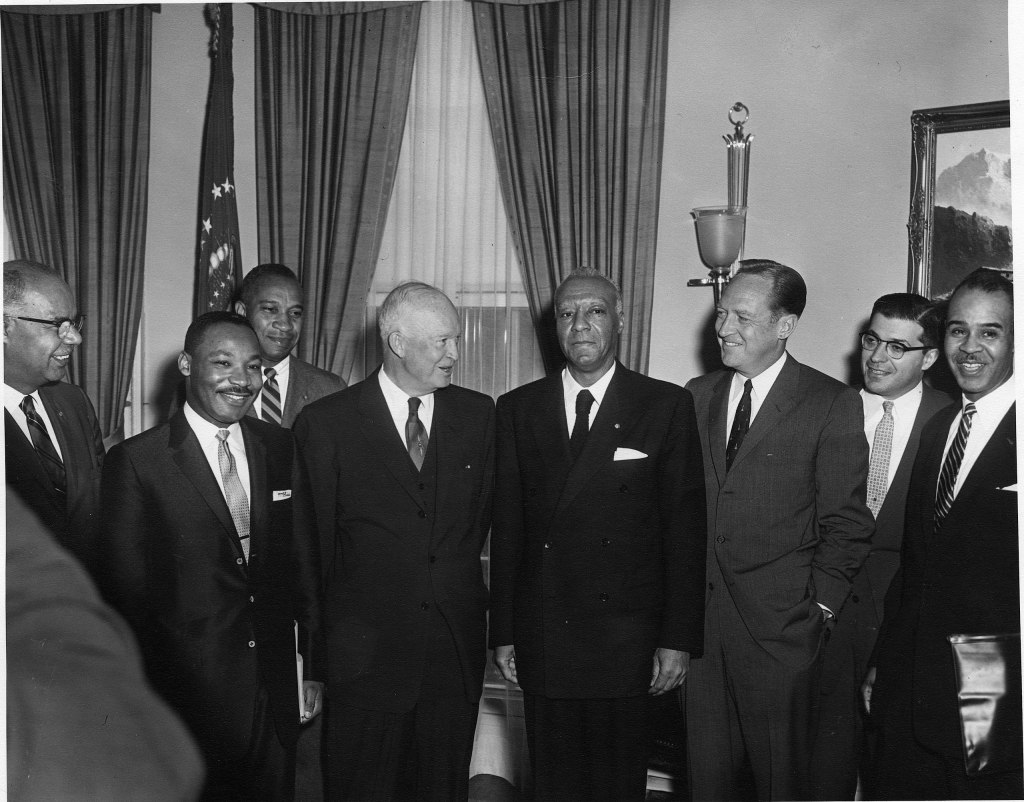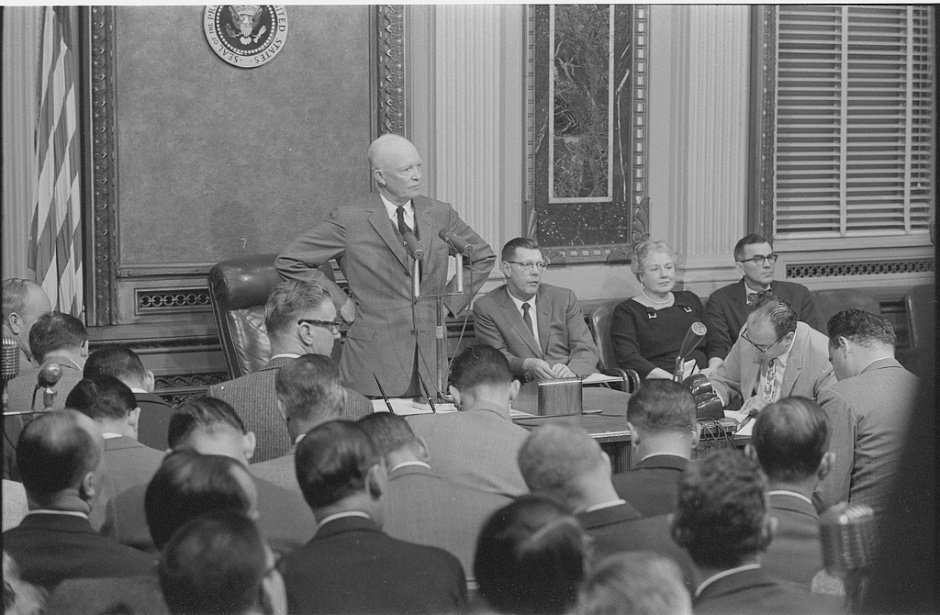If you were asked to list well-known champions of racial equality from America’s past, Dwight Eisenhower would probably not make the cut. The nation’s 34th president was a conservative who never planned to be a crusader on behalf of civil rights. But the 1957 struggle to allow Black students to attend Little Rock Central High School in Arkansas forced his hand, and had a lasting effect on school integration.

Racial equality was a polarizing topic in the mid-20th century. African Americans who had served their country during World War II were no longer willing to accept living in a country that saw them as second-class citizens. So began the widespread push for equal rights and for an end to racial segregation in the workplace, in the military, and in schools.

The Supreme Court’s groundbreaking 1954 ruling on school integration – Brown vs. Board of Education – was a turning point in educational equality. The court ruled unanimously that state laws allowing the separation of children in public schools on the basis of race was unconstitutional. This landmark decision was handed down not long after Eisenhower was elected president. He had already been on record urging advocates of desegregation to go slowly, and said he sympathized with white southerners who saw the movement as a threat to their way of life. So Ike gave the high court’s ruling only tepid support: “The Supreme Court has spoken, and I am sworn to uphold the constitutional process in this country; I will obey.”

Despite his reticence, however, Eisenhower was reluctantly thrown into the civil rights controversy in 1957, when white mobs prevented the desegregation of Central High School. Arkansas Governor Orval Faubus saw political advantages in using the National Guard to block the entry of African American students to Central High. After meeting with Eisenhower, Faubus promised to allow the students to enroll—but then withdrew the National Guard, allowing a violent mob to surround the school. In response, Eisenhower dispatched federal troops, the first time since Reconstruction that a president had sent military forces into the South to enforce federal law.

As complex as Eisenhower’s civil rights record is, there is no denying he played an important role in the desegregation of America’s public schools. For a more in-depth look at this chapter of the struggle for equality, be sure to visit Little Rock Central High School National Historic Site.

